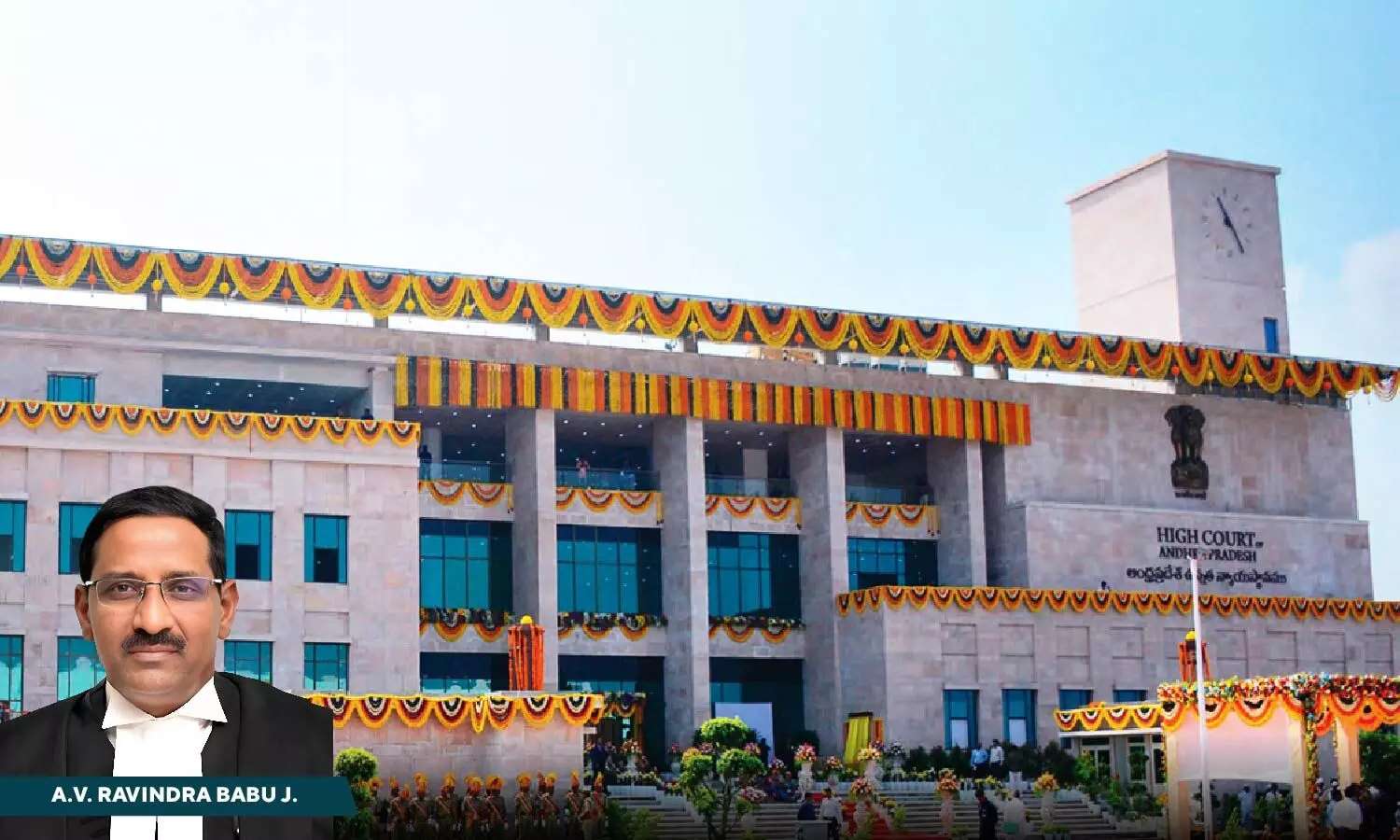
Glaring Inconsistency Between Ocular And Medical Evidence: Andhra Pradesh HC Sets Aside Conviction U/S 304 Part-II IPC
 |
|The Andhra Pradesh High Court set aside the conviction of an accused under Section 304 Part-II of the Indian Penal Code.
The Court observed that there are glaring inconsistencies between the ocular and medical evidence presented in the case.
The case revolved around the contention that one A Kuppaiah threw the deceased off a stage and then struck him with a stool, resulting in injuries that led to his death. However, the Court noted that per the medical evidence, the deceased had no injuries on his neck, and that his death was likely due to natural causes.
The Bench of Justice AV Ravindra Babu observed, “There is glaring inconsistency between the ocular evidence and the medical evidence… It is unsafe to convict the accused in the aforesaid set of circumstances when there is a glaring inconsistency between ocular testimony and the medical evidence”.
Advocate Suresh Kumar Reddy Kalava appeared for the Appellant and Public Prosecutor Y. Jagadeeswara Rao appeared for the State.
The Accused was charged with the murder of the deceased. The Prosecution alleged that the accused pushed the deceased, causing him to fall and strike his head. The Accused then beat the deceased on the back of the head with a wooden stool, causing severe injuries. The deceased died as a result of his injuries. The Trial Court convicted and sentenced him for the offence under Section 304 Part-II of IPC (culpable homicide not amounting to murder). Aggrieved, the Accused approached the Court challenging the judgment.
The Accused contended that there was a delay in lodging the police report and that the medical evidence did not support the prosecution's theory of the case. Additionally, he argued that the witnesses for the prosecution were biased and that he should be given the benefit of the doubt.
The Court that the prosecution witnesses testified that the deceased was unable to bear the medical expenditure and was discharged from the hospital. However, the medical evidence shows that the patient was admitted under the Prana Dana Scheme and did not need to pay any medical expenses. The general condition of the patient was good at the time of discharge. Therefore, the discharge of the deceased was not against the medical advice.
Furthermore, the Bench noted the case of cervical spinal canal stenosis, which is a narrowing of the spinal canal in the neck. This narrowing can put pressure on the spinal cord and nerves and can lead to death. The Court observed that the medical evidence in this case is inconsistent with the ocular evidence and that the ocular evidence should therefore be disbelieved.
“The spinal stenosis can put pressure on the spinal cord and nerves within the spine. It commonly occurs in the neck of lower back. So, the cervical spinal canal stenosis is nothing but a disease in the relevant spinal area. The opinion of the medical officer, who conducted postmortem examination, is that the cause of death may be due to chronic illness due to injuries to cervical canal stenosis”, the Bench observed.
Therefore, the Court held that the Prosecution failed to establish a direct nexus between the act complained of against the Accused and the death of the deceased. The Bench noted that the prosecution failed to prove that the accused attacked the deceased on the back of his neck with a stool. The Bench observed that the evidence on record warrants the Court to extend the benefit of the doubt to the accused.
Accordingly, the Court allowed the Appeal and set aside the impugned judgment.
Cause Title: A Kuppaiah v State of Telangana